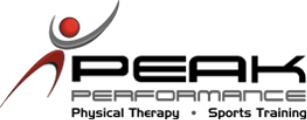Home | Services
Services
Our Services
While all Physical Therapists are “playing the same game or sport,” called Outpatient Rehab, our team here at Peak chooses to “wear the jersey” of being known for our expertise in functional biomechanics….in digging deeper and having a unique ability to be creative with exercise make that leap of faith from the clinic to your real-life demands a small one and to help prevent or minimize symptoms compared to many traditional approaches used. That’s critical because pain or other symptoms often limit the common “PT exercises” used in most settings. Being able to think outside the box while being authentic to the body and nervous system stimuli helps to optimally prepare the body for the variety of stresses it goes through.
Our providers have knowledge and skills crossing many specialty training areas but the foundation of it all is in the functional biomechanics training, taught as part of the Applied Functional Science ® content at the Gray Institute, who we are forever indebted to.
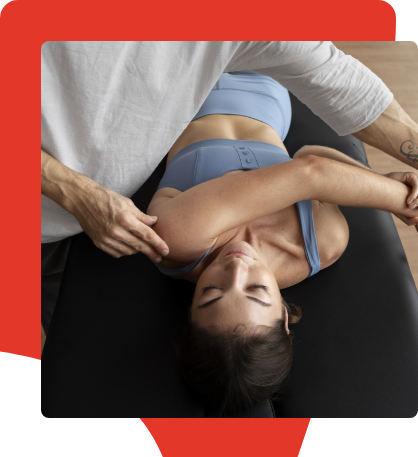
The NY State Office of Professions defines PT as
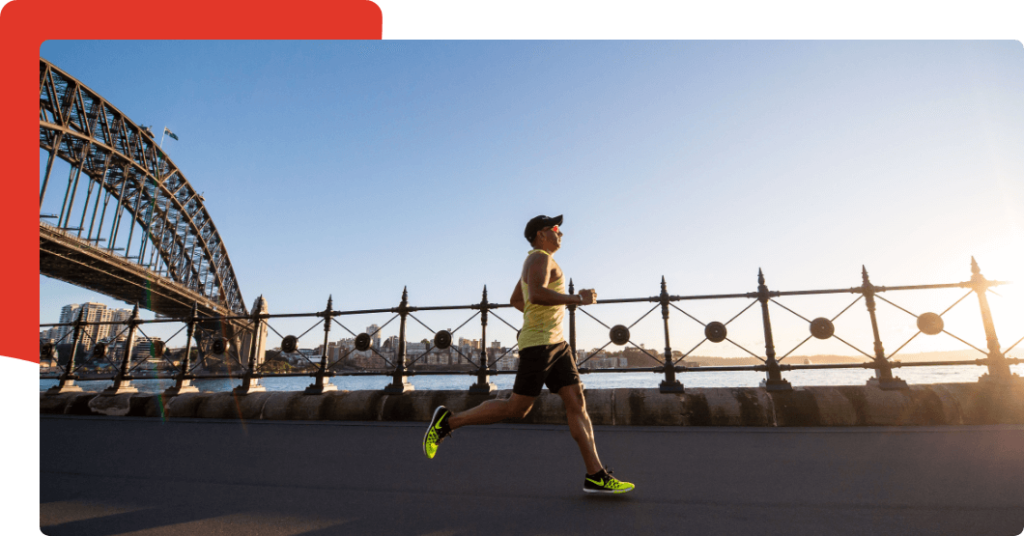
Sports Therapy
Our team has worked with athletes from as young as 8 yrs old to 90+ yrs old and from weekend warriors to recreational and competitive high school, college, and professionals from a host of as many sports as you can imagine. Our functional biomechanics expertise is once again a foundation to helping athletes return as quickly as possible but safely, and oftentimes feeling even better than they did before their injury or surgery, because of the biomechanical focus we have on our manual therapy and exercise design. Understanding the nuances of sport position needs and stresses is critical in ensuring the injured tissue has not only recovered but can handle the rigors of athletic demands again but having optimized injury prevention.
Combining the minds of our team with the awesome facility we have allows us to do so many treatments that oftentimes cannot be taught, monitored, cued, or advanced in many therapy clinics. We have 20’ wide by 65’ long rubber flooring that allows short sprints, jumping, and agility work. There’s the customized medicine ball plyometrics wall built just for slamming medicine balls to develop power and deceleration capacity or to work on reactive training. Our Goalrilla® cage allows for full speed kicking, hitting, throwing…etc to foster true sports therapy functional return progressions. We also have the ability to videotape athletes using the Spark Motion software system to analyze body movement both qualitatively and quantitatively. And that’s just a few of our “toys” that help us truly and authentically rehab athletes back to sports demands vs just being instructed on progressions that never get observed under the direct eye of their therapist.
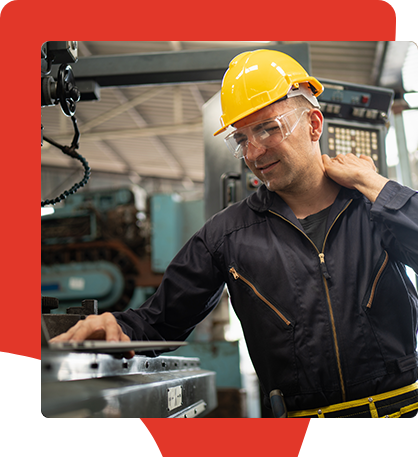
Work Based Therapy
Helping the injured worker back to being comfortable and capable of performing their job duties allows people to get back to providing for themselves and their families again. We appreciate the sense of frustration and loss that many people have when their ability to serve others through their work has been compromised. Our biomechanical expertise helps us identify faulty or inefficient movement patterns that can underlie various work related injuries. Sometimes there may be technique adjustments necessary for particular work tasks. Advancing an exercise program along so that the necessary mobility and strength/endurance etc are improving back toward normal is a key part to helping people get back to their job again.
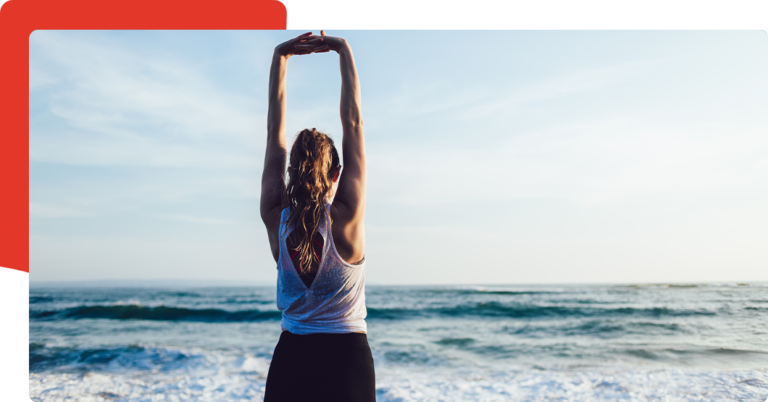
Spine Care
From disc problems to strains and sprains, to sacroiliac joint dysfunctions, to stenosis and everything in between, we’ve been blessed to have helped people through these kinds of problems.
As with every body part being an expert in Spine Care requires not only knowledge and skills with the complexities the spine itself offers but fully appreciating and understanding the integral relationship to the pelvis and shoulder girdle, and their respective limbs. So very often the reason a spine hurts or a tissue there is causing pain or tingling/numbness to radiate elsewhere is because there was poor function somewhere else along what is called the “kinetic chain” (segment of connected and interrelated body parts).
Hands-on manual therapy, from gentle osteopathic muscle energy techniques or counterstrain , to mobilizations and sometimes even “popping” a joint, or various types of soft tissue loosening techniques all are important treatment tools we find helpful and necessary. Functional exercise is, however, at the root of excellent spine care. Spinal motion and combinations can be very complex. When symptoms are limiting pain-free mobility it is imperative that therapists be capable of finding subtle adjustments in exercises that allow patients to successfully move again.
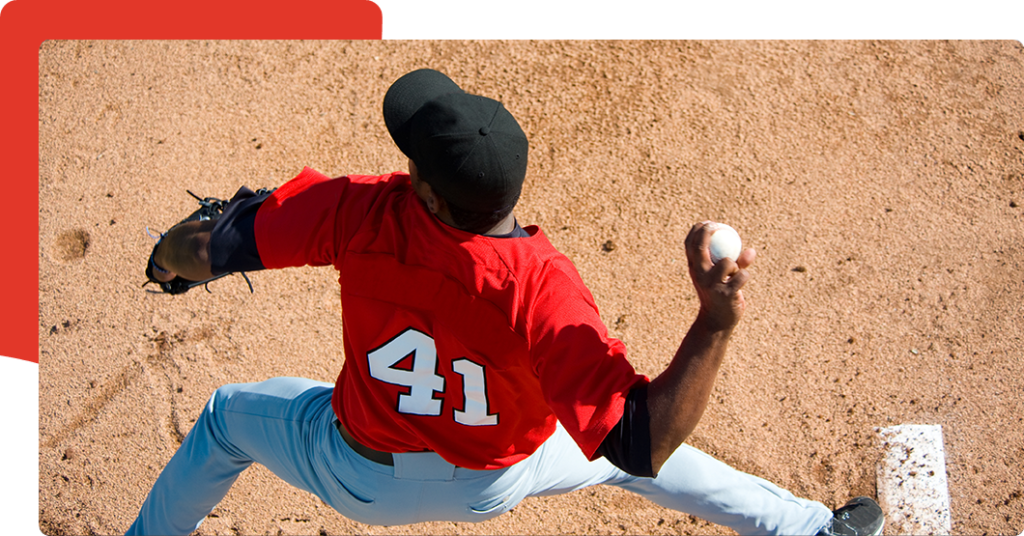
Shoulder Care
From rotator cuff tendonitis to even tears, labral tears, instability , or arthritis we’ve helped tons of patients over our 17+ yrs to get back to normal at their shoulders.
Our shoulder care program, as with all the other body parts, starts with understanding now only the anatomy and biomechanics of that local shoulder itself, in all it’s own complexities. It also always includes assessment and exercise for the “next door neighbors” and “distant relatives” of the shoulder…that’s the shoulder blade/thoracic spine and hips….and even the feet or the other arm. Our functional biomechanics training allows us to appreciate key contributing factors that may have initiated stress into that shoulder tissue. So often it’s not really a “you’re a bad shoulder” sort of scenario but rather certain tissues were being overwhelmed as they were compensating for some other body part not quite doing its job right or fully. Some of the key areas we often must address are the scapula, especially the Serratus Anterior (we’ve got some approaches you’ve never seen before…and likely other therapists haven’t either), the pec minor (it’s the deep chest muscle underneath the main one you see built up on most bodybuilders and it’s an unfortunate victim from our tendency toward gravity’s pull into bad postures. There is a price to pay for all that slouching…and the pec minor is one of them. But we’ve got some unique methods developed right here by our team that have been super helpful. We can’t forget the thoracic spine. So often shoulder pain has at least part of it’s origins in trunk stiffness that if not addressed means that shoulder pain is likely coming right back again.
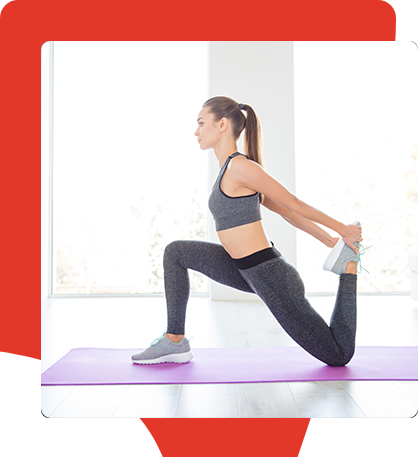
Hip Care
From hip bursitis, to tendon issues, abductor weakness, arthritis, or muscle strains we’ve helped lots of patients get back to and enjoy their activities again!
Our hip care program, as with all the other body parts, starts with understanding not only the anatomy and biomechanics of that local hip itself, in all it’s own complexities. It also always includes assessment and exercise for the “next door neighbors” and “distant relatives” of the hip…that’s the pelvis/low back/sacroiliac joints and the thigh (femur-knee) …and even the feet or the other leg. Our functional biomechanics training allows us to appreciate key contributing factors that may have initiated stress into that hip tissue. So often it’s not really a “you’re a bad hip” sort of scenario but rather certain tissues were being overwhelmed as they were compensating for some other body part not quite doing its job right or fully. Some of the key areas we often must address are foot-ankle, including the “folding” motion of collapse or dorsiflexion needed to squat or take a long stride, the bottom part of the ankle where side to side rocking motion occurs, and opposite limb – especially since it’s so closely tied through the pelvic ring to the painful hip. And, don’t forget the thoracic spine/rib cage too. It’s critical to find those related areas of loss/shortcoming because if not addressed means that hip pain is likely coming right back again.
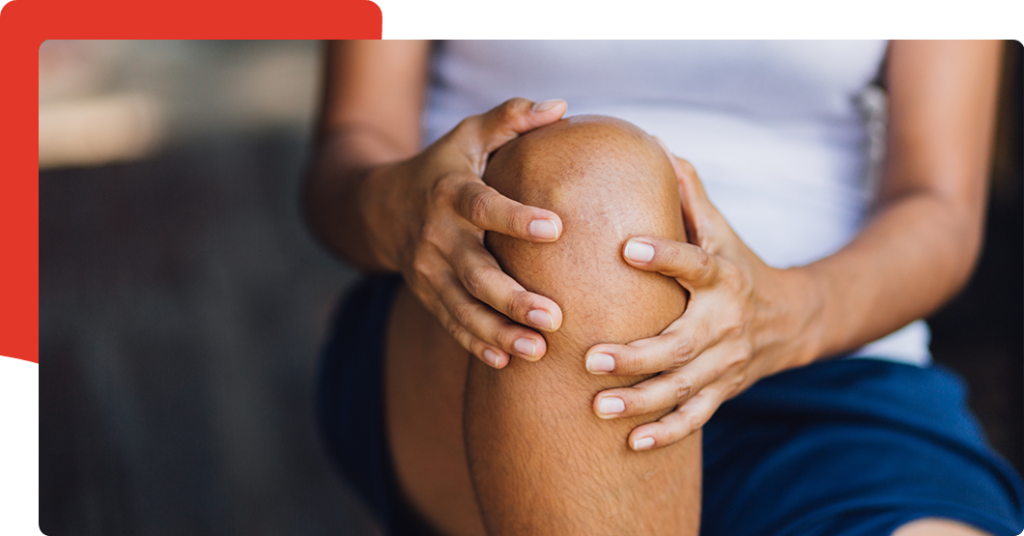
Knee Care
From patellar tendonitis, to patellafemoral pain syndrome (PFPS), meniscus tears, arthritis, ACL tears and reconstructive surgery…our team has helped 1000’s of people over our 17+ years recover from knee problems.
Our knee care program, as with all the other body parts, starts with understanding not only the anatomy and biomechanics of that local knee itself, in all it’s own complexities. It also always includes assessment and exercise for the “next door neighbors” of the knee…that’s the pelvis/hip and the foot-ankle …and even the other leg. Our functional biomechanics training allows us to appreciate key contributing factors that may have initiated stress into that knee tissue. So often it’s not really a “you’re a bad knee” sort of scenario but rather certain tissues were being overwhelmed as they were compensating for some other body part not quite doing its job right or fully. Some of the key areas we often must address are foot-ankle, including the “folding” motion of collapse or dorsiflexion needed to squat or take a long stride or the bottom part of the foot-ankle where side to side rocking and some twisting motion occurs…and, even the opposite limb. It’s critical to find those related areas of loss/shortcoming because if not addressed means that knee pain is likely coming right back again.
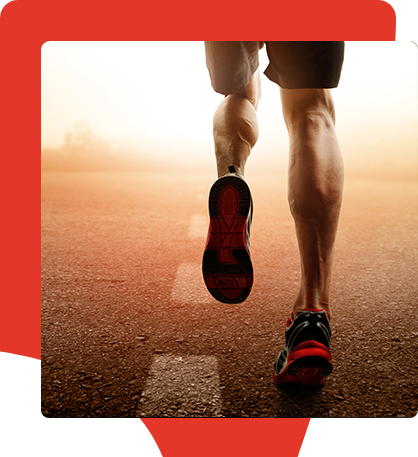
Foot-Ankle Care
From achilles tendonitis, plantar fasciitis, ankle sprains and fractures, to tendonitises…our Peak PT Team has helped tons of patients for foot-ankle issues. Our foot-ankle care program, as with all the other body parts, starts with understanding not only the anatomy and biomechanics of that local foot-ankle itself, in all it’s own complexities. It also always includes assessment and exercise for the “next door neighbors” (the midfoot and big toe, along with the hip and knee above…) and sometimes the “distant relatives” of the foot. Our functional biomechanics training allows us to appreciate key contributing factors that may have initiated stress into that foot-ankle tissue. So often it’s not really a “you’re a bad foot” sort of scenario but rather certain tissues were being overwhelmed as they were compensating for some other body part not quite doing its job right or fully. Some of the key areas we often must address are big toe bending capacity. The foot-ankle is also unique because it’s one of the places that external devices/supports can play a unique role. When custom orthotics are necessary we can cast you for those right here in the office. It’s critical to find those related areas of loss/shortcoming because if not addressed means that foot-ankle pain is likely coming right back again.
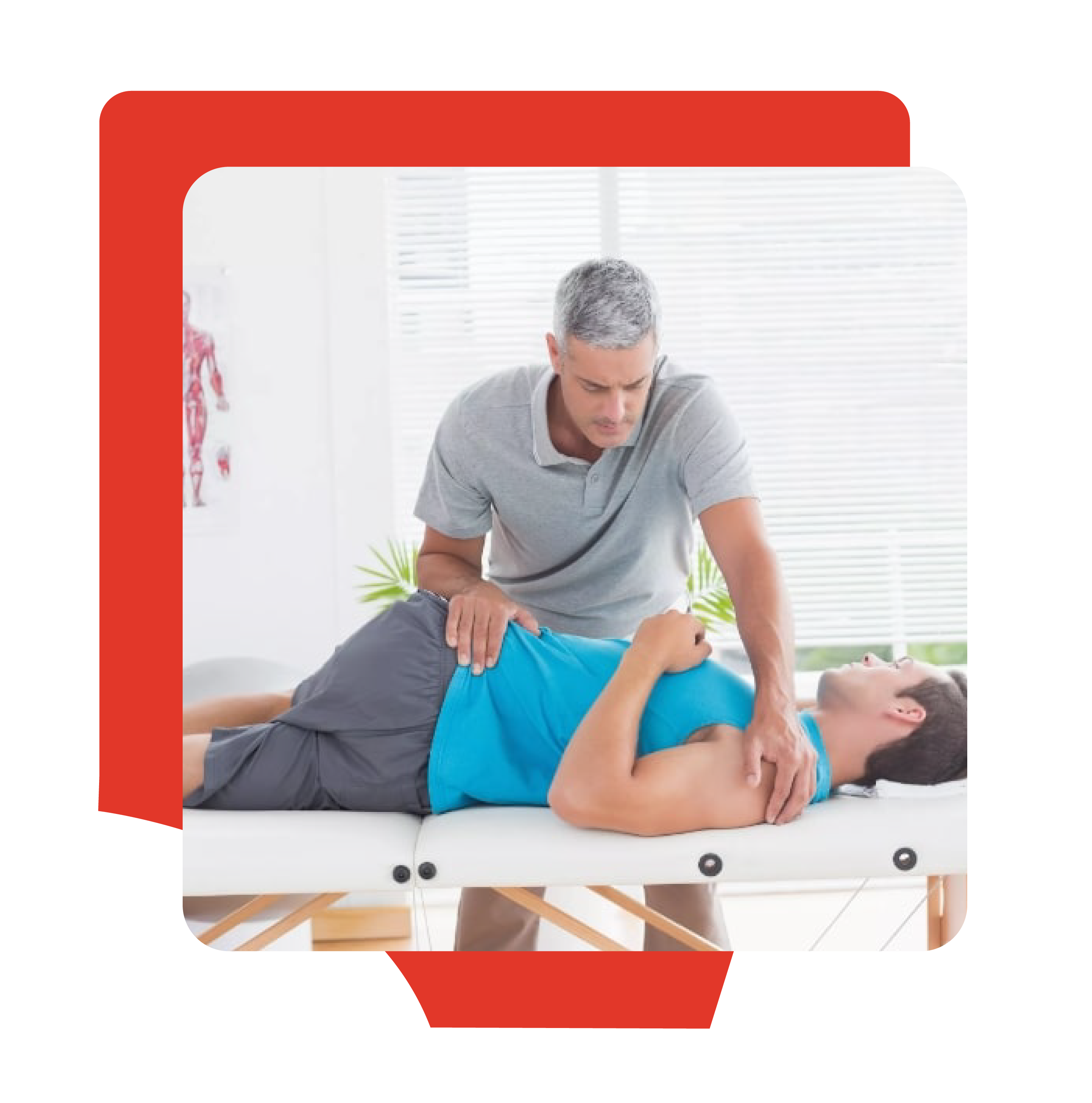
Manual Therapy
Hands-on or manual therapy techniques have been around for ages, and many have been developed and evolved over just even the last century. Soft tissue release techniques (no generic massage going on here folks!) either with or without an instrument can be helpful at loosening your muscles and fascial connections. Joint mobilization therapy, or moving the bones to promote pain relief or movement quality improvements, is a huge part of what we do to make your care customized. We’ve learned our techniques from experts across a variety of specialties.

Running Assessment
Our team will not only put you through the rigors of a 3D functional assessment globally and by body parts/segments, you’ll also do a running eval on the treadmill while we videotape you from different angles in order to analyze running mechanics and posturing. It can be a great way to determine what technique faults may be underlying your issues.

Workshops
Our Peak PT Team of expert PT’s often presents workshops open to the general public for educational purposes. It ranges from low back pain, running, golf, to shoulder topics and more. If you’re a potential partner that would love to have us out to your place to engage especially your clients/customers then let’s have a chat!
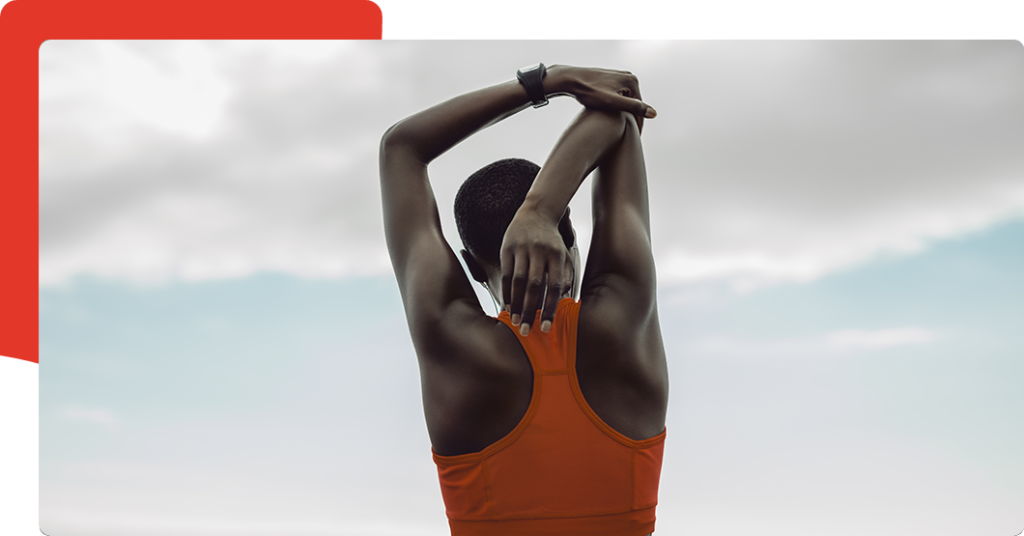
Applied Functional Science®
This is our key foundational piece of what we do. It’s the “cornerstone” on which so much of how we analyze movement and problem solve is dependent on. Combining an array of key sciences, AFS® works from the premise that our bodies function in a “3D” (three dimensions) way…we each have main areas of mind, body, and spirit. For some they’d call it our intellect/understanding/thinking, our physical body and it’s workings, and then our emotions/drive/feelings – that inner part that makes you you. From the physical side a prime understanding is that all joints have 3 D motion considerations. Some move incredibly through all 3 planes, while others may move predominantly in one plane and are having to stabilize in one or two of the other planes (Sagittal – forward-backward motions, Frontal -side to side, Transverse-twisting). In AFS ® we also appreciate the workings of the “kinetic chain” – the interconnectedness of all these body parts. Many people use the term “functional” loosely but at Peak Performance our tie in to AFS ® principles takes these understandings to a whole new level. None of this is standard teaching at all for PT’s in school.
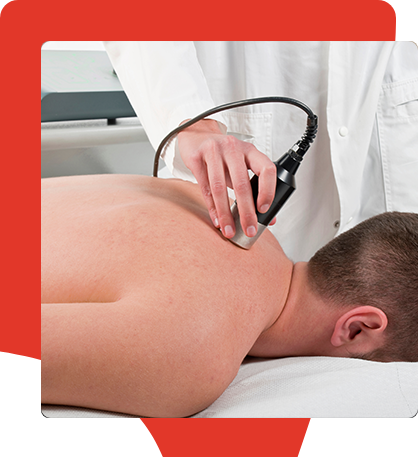
Laser
“Is there any cutting edge technology that would help reduce pain and inflammation so I can heal quicker?”
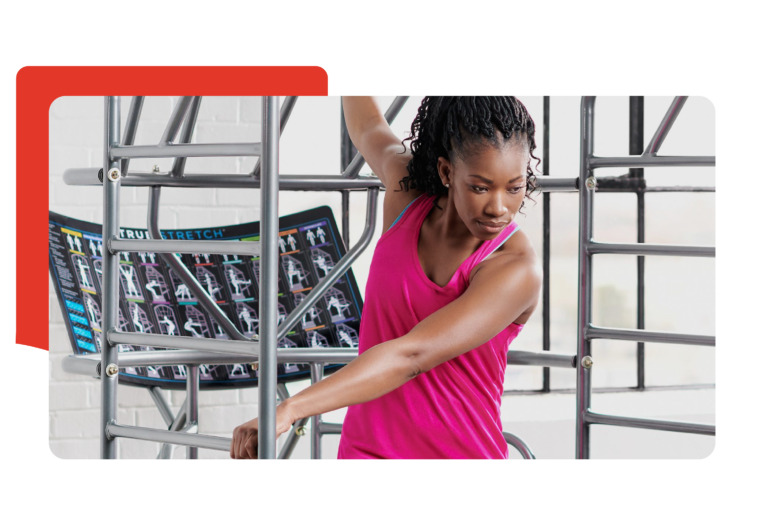
True Stretch
“I wish there was some way to safely stretch out my tight tissues in more than one direction, more like my day to day movement demands at home or work, or when i play my sport.”
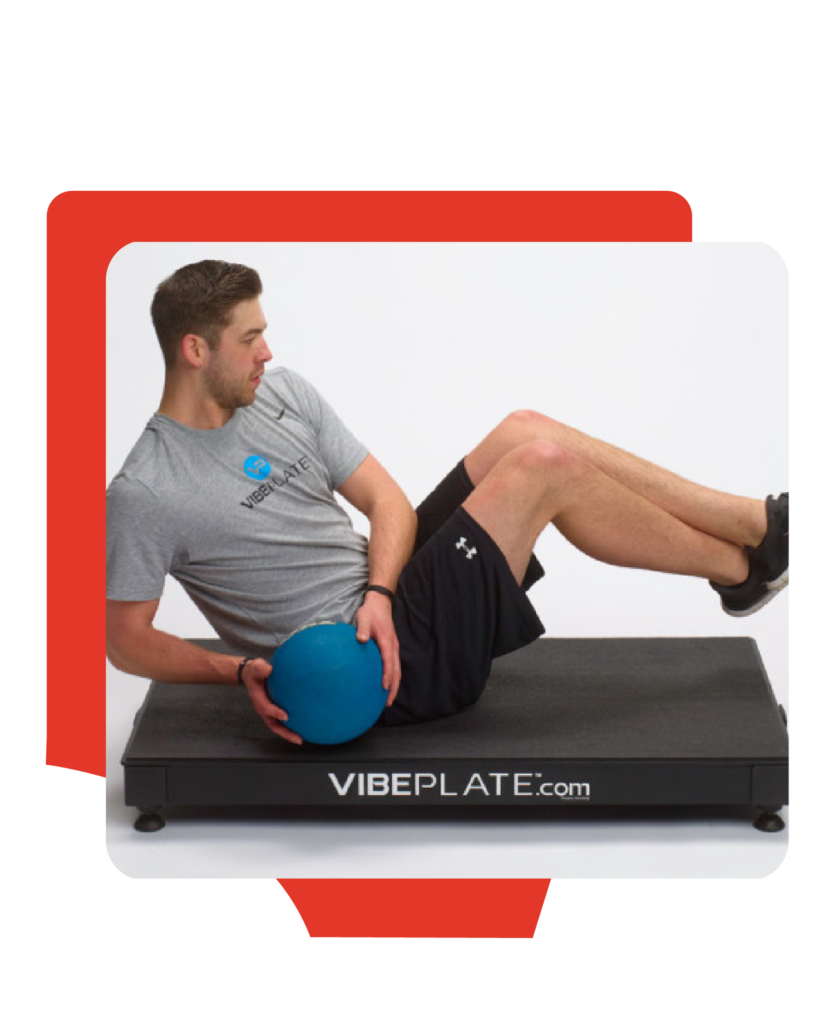
Vibe PlateTM
“I wonder if there’s a way to stimulate my nervous system’s firing ability to turn on my muscles and increase my balance/reaction ability.”
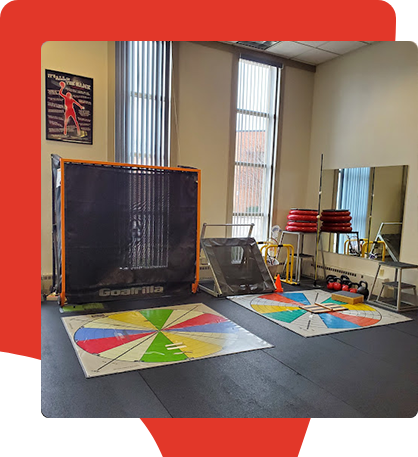
GoalrillaTM Multisports Trainer Cage
“I wish there was a way to practice my sport movement right in front of my PT so they could coach me and get me back safely.”
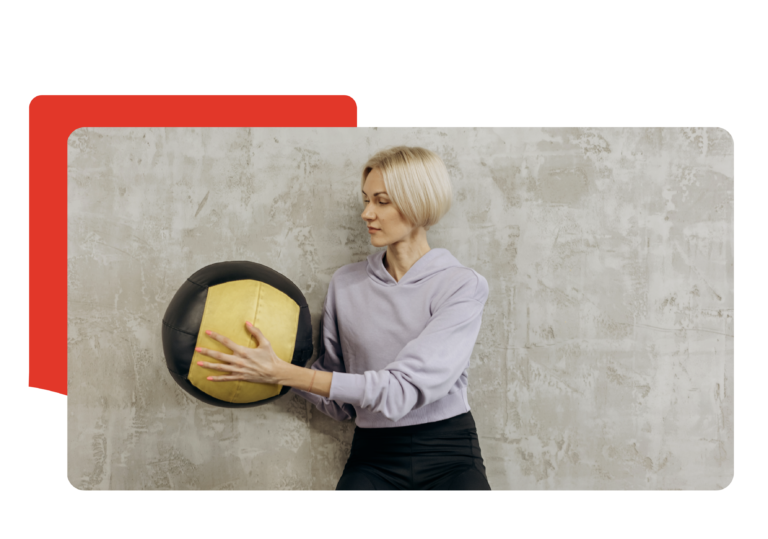
Plyo Wall
“Is there anyplace you have to help increase my explosiveness and to get better at “putting on the brakes” to fast movements?”
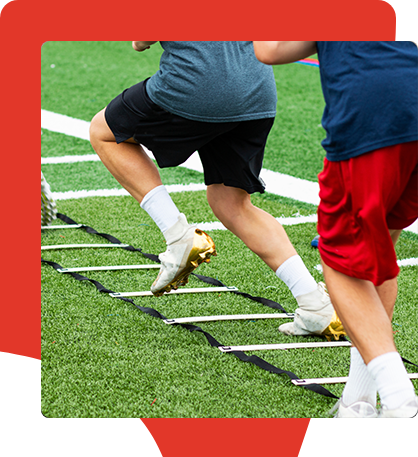
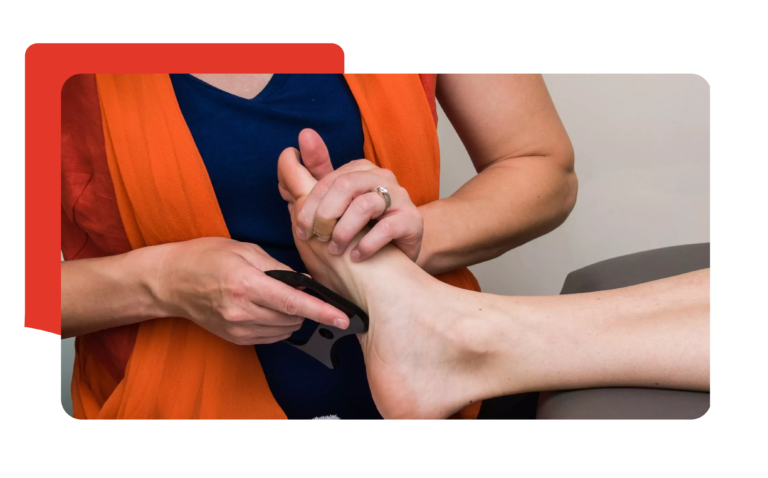
IASTM
“Are there any ways besides just deep massage to loosen up those tight tissues and knots I’ve got?
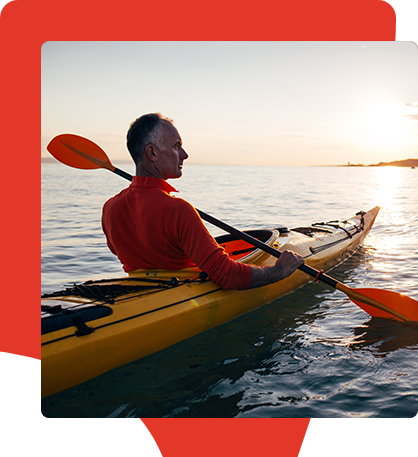
Iontophoresis
“I really don’t like needles. Don’t you have any other way to get steroid anti-inflammatory to that tissue?”

Ultrasound
“Aren’t there any other treatments that might supplement exercises to help optimize tissue healing?”
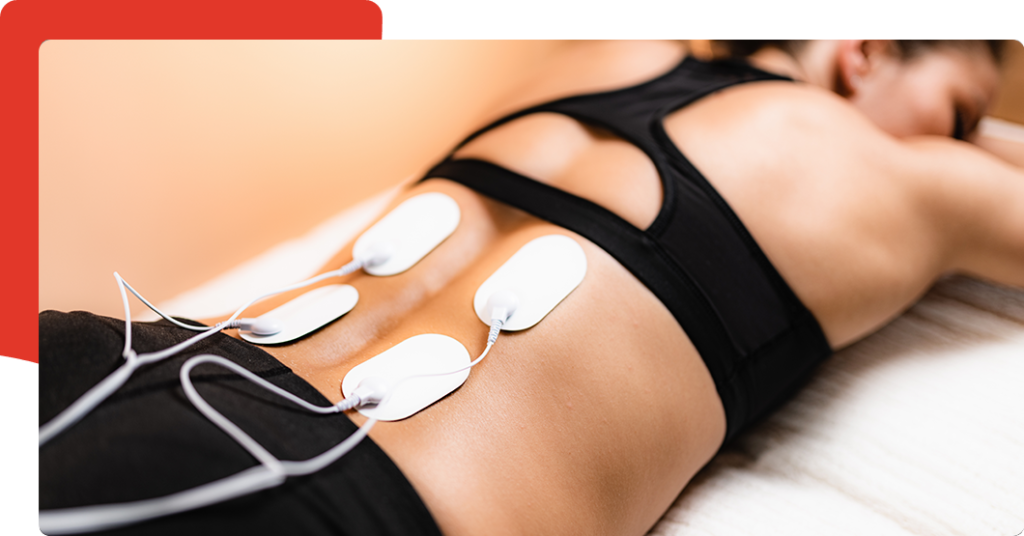
Electric Stim
“I heard there were different types of electric stimulation that can help recovery?”
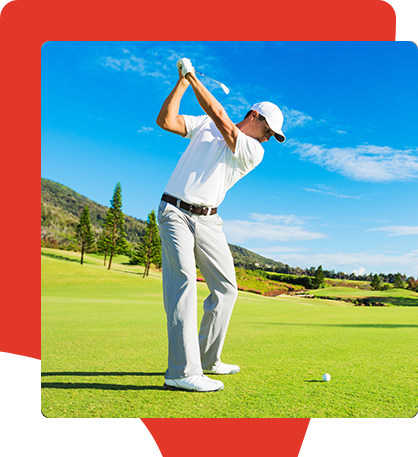
EMG Biofeedback
“Do you have any ways to make sure the right muscles are working when i do this exercise?”
